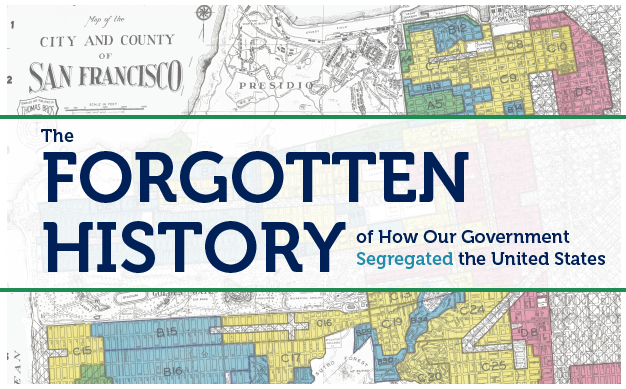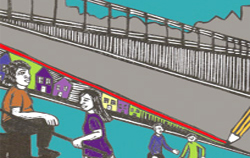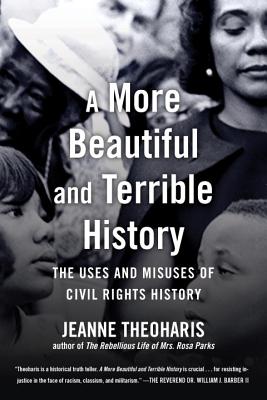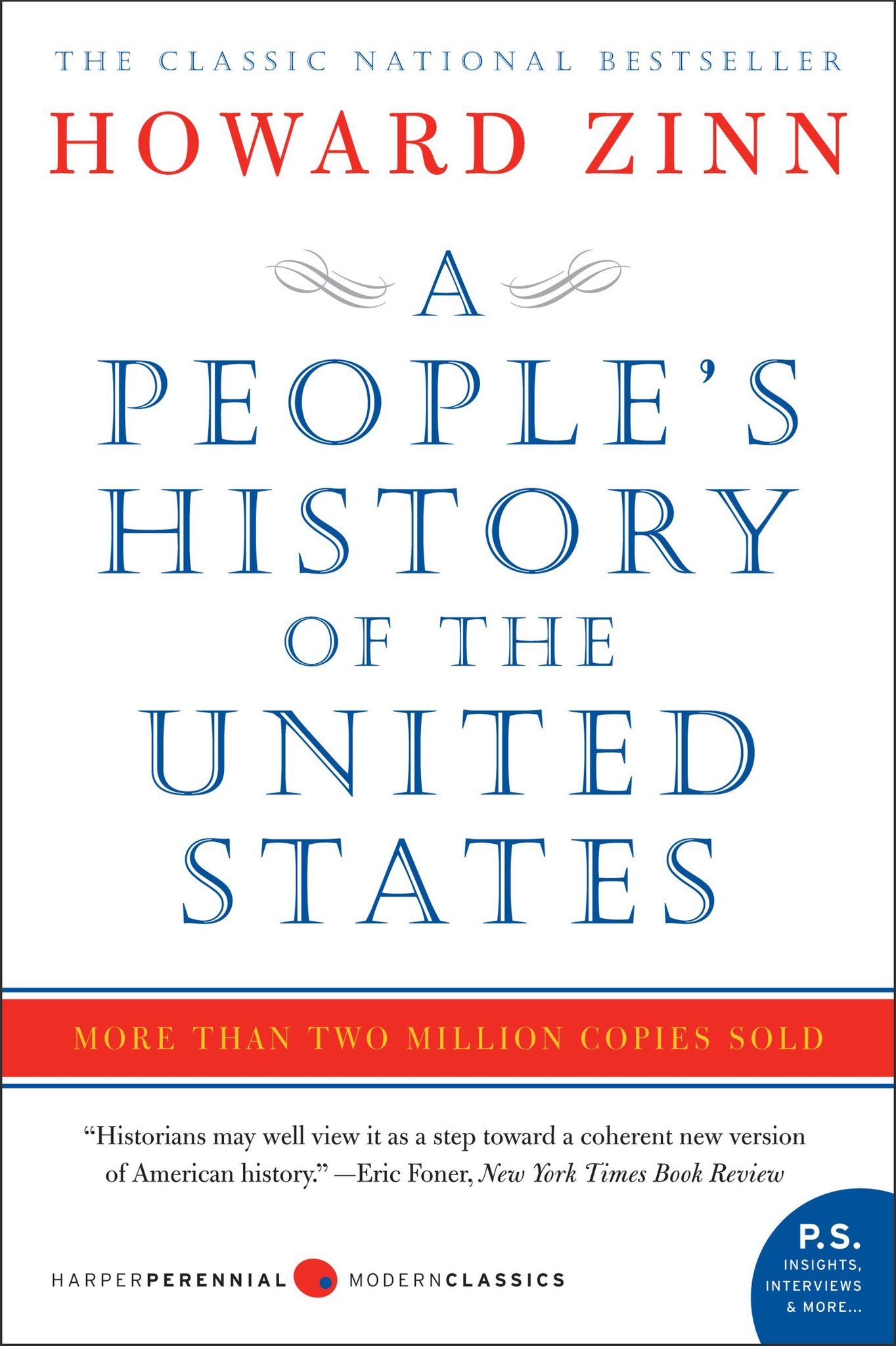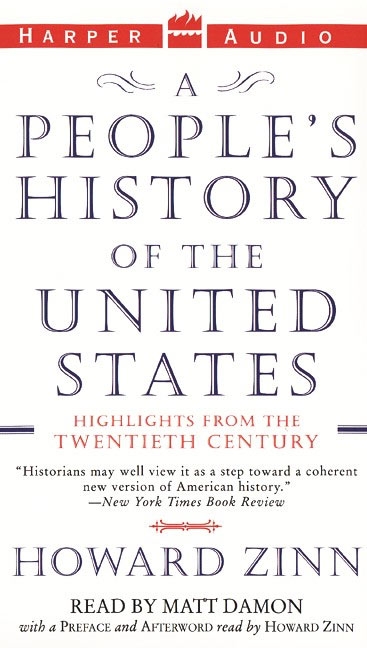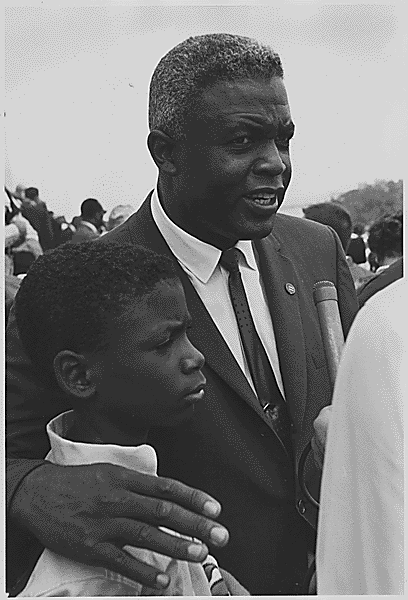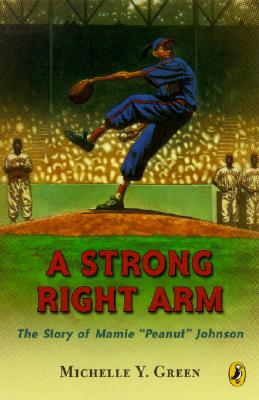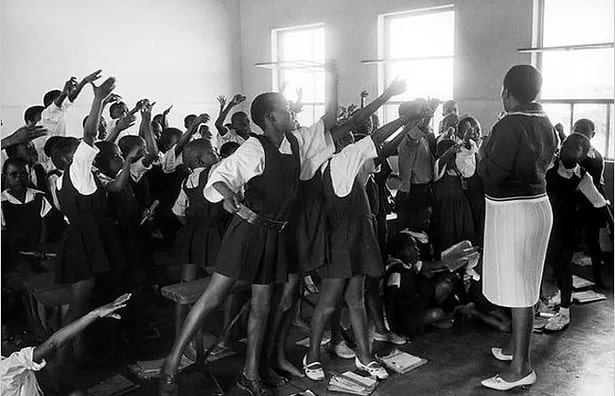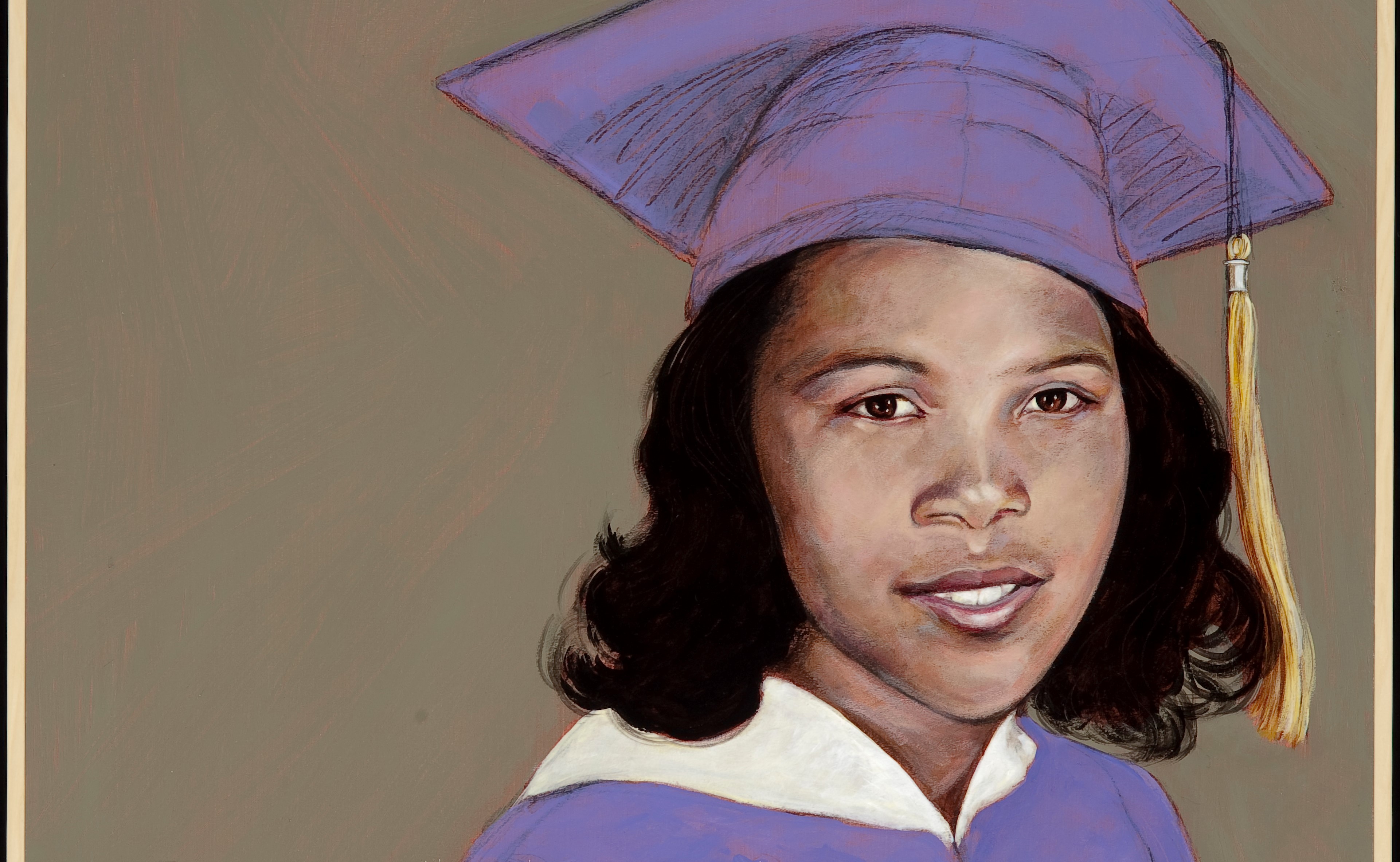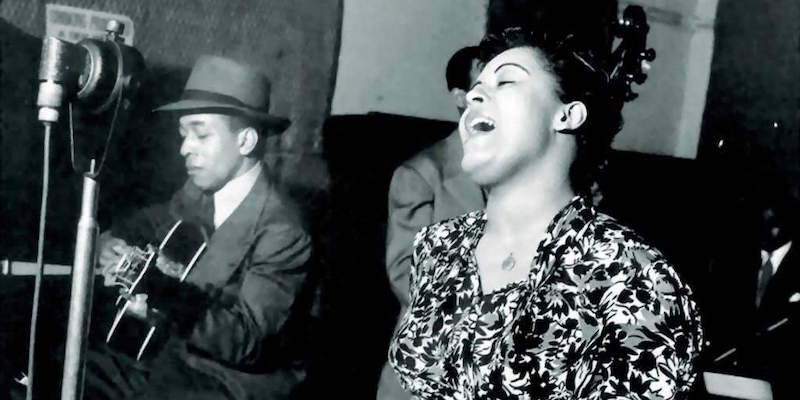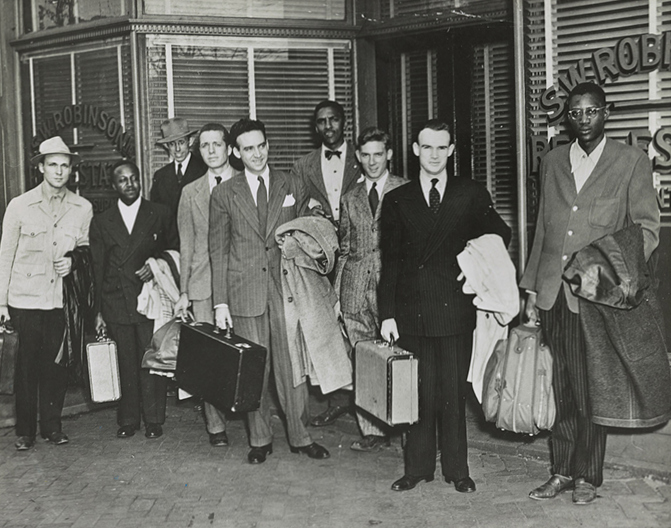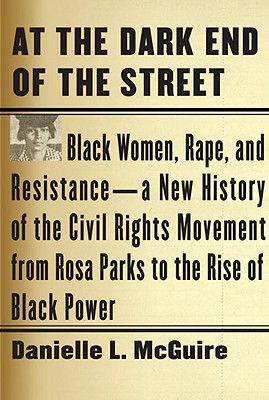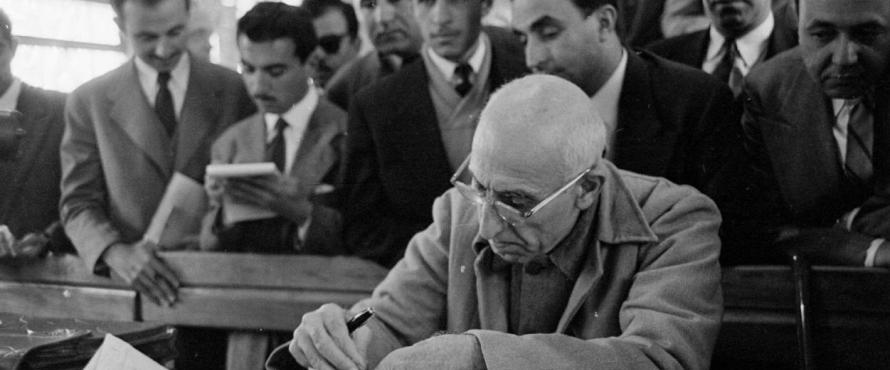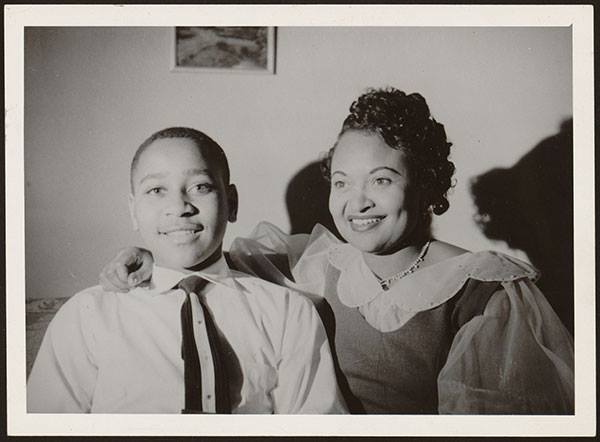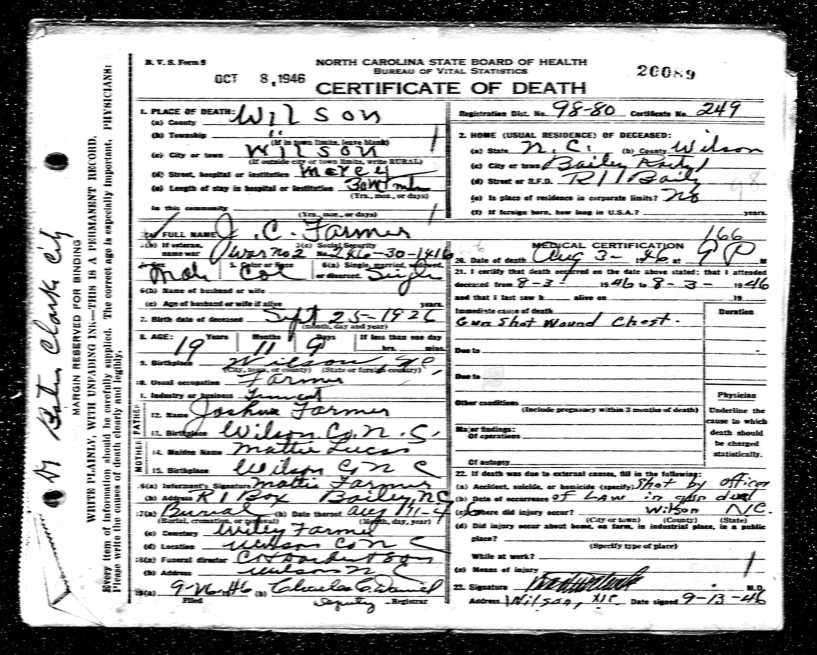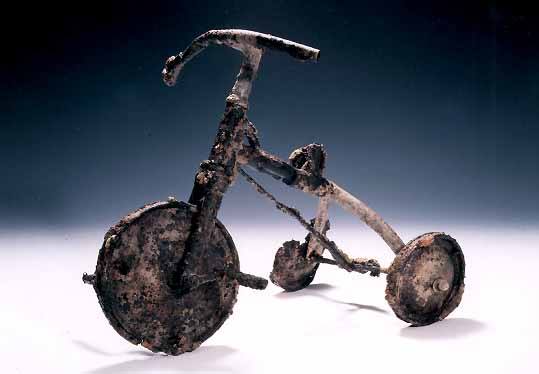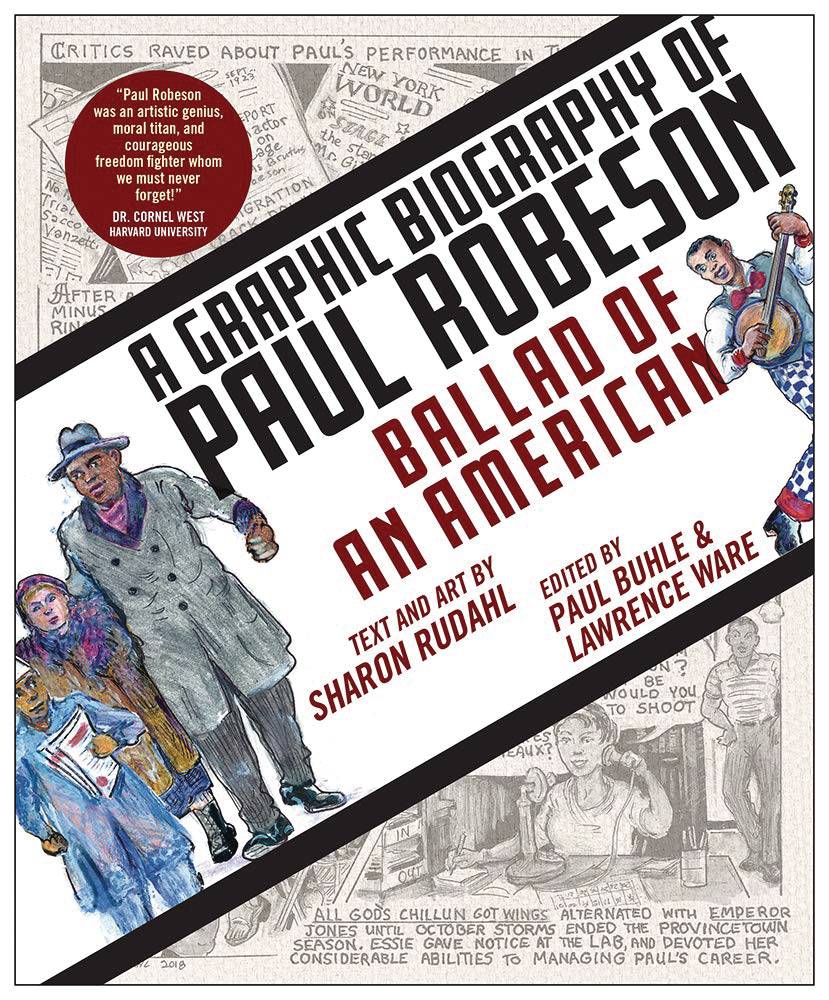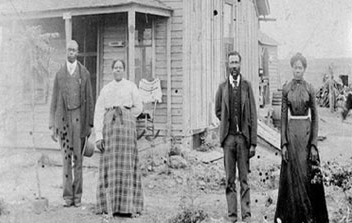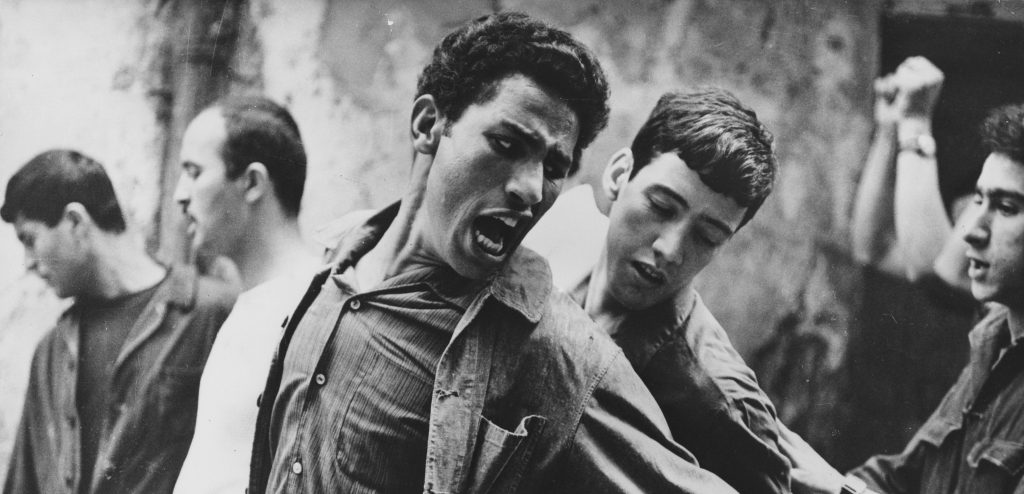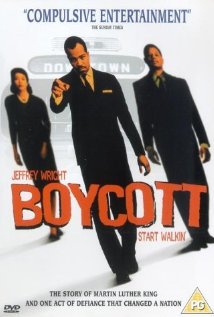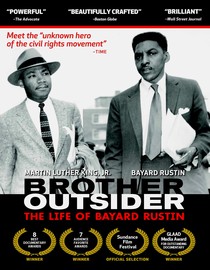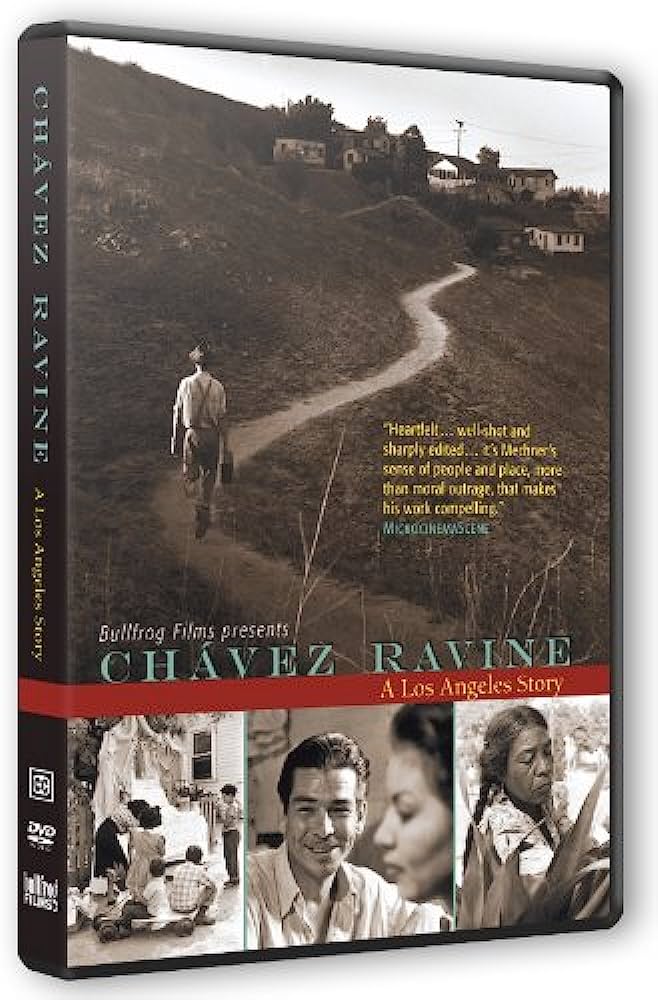Teaching Activity. By Katharine Johnson. Rethinking Schools. 10 pages.
An elementary school teacher introduces the history of redlining through a role play designed for 1st and 2nd graders.
Continue reading
Book — Non-fiction. By Jeanne Theoharis. 2018. 282 pages.
A non-academic, popular historiography that challenges educators to revamp curriculum to include a fuller, more critical history of the Civil Rights era.
Continue reading
Book — Non-fiction. By Howard Zinn. 2005, with a new introduction by Anthony Arnove in 2015. 784 pages.
Howard Zinn's groundbreaking work on U.S. history. This book details lives and facts rarely included in textbooks—an indispensable teacher and student resource.
Continue reading
Audio. By Howard Zinn. Read by Matt Damon. 2003. 8 hours, 44 minutes.
Audio book version of excerpted highlights from A People's History of the United States.
Continue reading
Article. By Dave Zirin. 2013.
Dave Zirin describes how 42 limits the story to a tale of “individual triumph through singular greatness,” ignoring the social movements and broader context of the time.
Continue reading
Book — Non-fiction. By Michelle Y. Green. Illustrated by Kadir Nelson. 2004. 128 pages.
A biography on one of only three women to play baseball in the Negro Leagues.
Continue reading
The African National Congress called on parents to withdraw their children from schools to resist the 1953 Bantu Education Act.
Continue reading
When Gonzalo and Felicitas Mendez, two California farmers, sent their children to a local school, their children were told that they would have to go to a separate facility reserved for Mexican American students.
Continue reading
26,000 high school and college students came to Washington, D.C. to demand the end of segregated schools.
Continue reading
Barbara Johns (16-years-old) led her classmates in a strike to protest the substandard conditions in Prince Edward County, Virginia.
Continue reading
Billie Holiday was a legendary jazz singer and songwriter. Also born today, Harry Hay and Daniel Ellsberg.
Continue reading
A successful boycott of the Norfolk Tars by Black sports fans leads the team to desegregate both the players and stadium seating.
Continue reading
The first freedom ride, the Journey of Reconciliation, left Washington, D.C. to travel through four states of the upper South.
Continue reading
Book — Non-fiction. By Danielle L. McGuire. 2010. 352 pages.
History of the violence against African-American women during the 20th century and the role played by Rosa Parks in the organized legal response to that abuse.
Continue reading
Democratically elected Iranian Premier Mohammad Mossadegh was removed from power in a coup.
Continue reading
J. C. Farmer, a 19-year-old African American WWII veteran, was killed by a mob of 20 white men.
Continue reading
The United States dropped an atomic bomb for the first time in war over the Japanese city of Hiroshima.
Continue reading
Book — Non-fiction. Written and illustrated by Sharon Rudahl. Edited by Paul Buhle and Lawrence Ware. 2020. 142 pages.
The first-ever graphic biography of Paul Robeson charts Robeson’s career as a singer, actor, scholar, athlete, and activist who achieved global fame.
Continue reading
Film. Center for Investigative Reporting and Two Tone Productions. 2007. 84 minutes.
Filmmaker Marco Williams examined four examples of primarily white communities violently rising up to force their African-American neighbors to flee town.
Continue reading
Film. Directed by Gillo Pontecorvo. 1966. 123 minutes.
This film documents the armed insurgency against the French colonial powers in Algiers, showing the brutality and desperation of war.
Continue reading
Film. By Clark Johnson. 2001. 120 minutes.
Dramatic account of the Montgomery Bus Boycott.
Continue reading
Film. Produced by Nancy Kates and Bennett Singer. 2002. 83 minutes.
Documentary about the life of peace, labor, and civil rights activist Bayard Rustin.
Continue reading
Film. By Jordan Mechner. 2004. 26 minutes.
A documentary about the politics and economics of land in the United States, based on the story of a Mexican American village razed in the 1950s to build Dodger Stadium.
Continue reading

